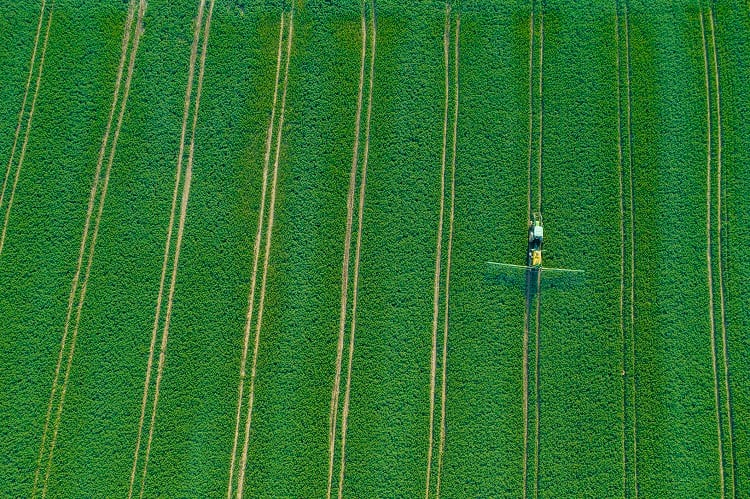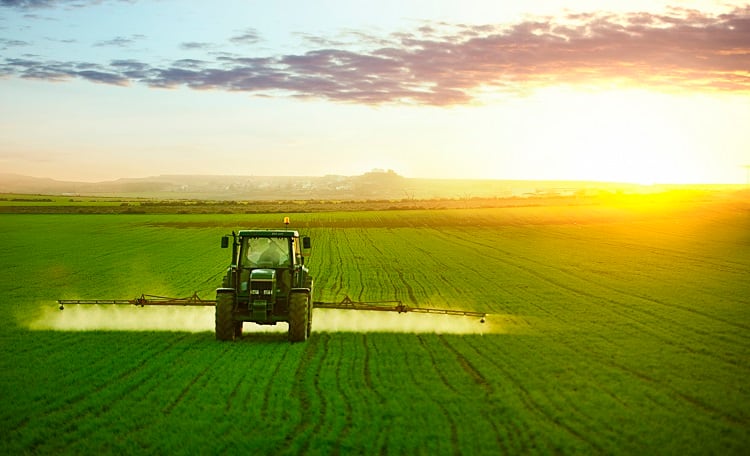The agri-food industry is under pressure to reduce its carbon footprint. Globally, one-quarter of the world’s greenhouse gas (GHG) emissions result from food and agriculture – the majority of which occurs before the product reaches the supermarket shelf.
At the farm level, mineral nitrogen fertilizers are widely used in conventional agriculture to boost productivity. Being produced from fossil fuels, however, means they are big GHG emitters: recent research suggests nitrogen fertilizers account for about 2.4% of global emissions.
At the same time, around one-third of the total energy input to crop production goes to the production of fertilizers.
According to the Intergovernmental Panel on Climate Change, the amount of mineral nitrogen fertilizers used worldwide has grown 800% since the 1960s. The UN expects that volume to increase by 50% by 2050.
An ‘effortless’ way to decarbonise the food chain, according to plant food major Yara is to swap out conventional nitrogen fertilizer for a fossil-free alternative.
The company, considered the largest crop nutrition player in Europe, is developing the first commercially-available solution that ‘greens’ ammonia production while leveraging renewable electricity to help industry decarbonise the food chain.
What is ‘green’ fertilizer?
Green fertilizers are nitrate-based mineral fertilizers with exactly the same chemical and physical composition as fertilizers produced with fossil fuels – whether that be natural gas, coal, or oil.
Ammonia is the building block of all mineral fertilizers. Conventional mineral fertilizer uses ammonia produced using hydrogen from fossil fuels.
To produce green fertilizers, Yara makes ammonia from water using electrolysis based on renewable energy, Birgitte Holter, VP, Green and Low Carbon Fertilizer Solutions, explained. “For our green fertilizer, we will stop using natural gas as a raw material. There is hydrogen in water as well, so we split the water molecule and taken the hydrogen that way.”
After extracting the hydrogen to create green ammonia, all the other processes remain the same.
The electrolysis process and fertilizer production will be fuelled by green energy. In Norway, that could mean electricity sourced form Norwegian hydropower. But as Holter explained, the energy source is region dependent. “In Australia, for instance, we use solar power.”
The result is a green fertilizer with an 80-90% lower carbon footprint, estimates Yara.
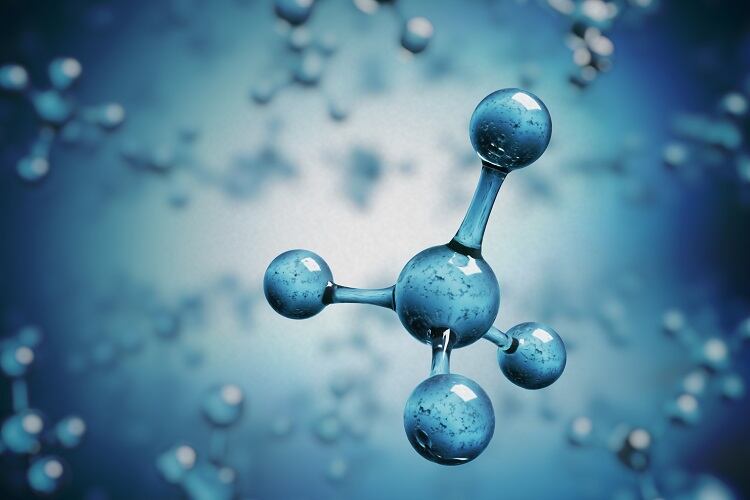
“Switching from a conventional fertilizer to a green fertilizer can help the food chain to substantially reduce carbon emissions,” Holter told FoodNavigator. “In wheat, green fertilizer could take 20% out of the carbon footprint, and if you translate that into a loaf of bread, it could reduce emissions by about 10-15%.”
Reducing reliance on Russian gas
Yara’s innovation appears to have come at an opportune time, as conventional mineral fertilizer prices soar amid the Ukraine-Russia conflict.
Prior to Russia’s military invasion of Ukraine earlier this year, crop nutrition prices were already on the up. But now, limited supply of Russian gas is exacerbating the situation.
For Yara, the conflict’s impact on food security reiterates the company is on the right path. A few years ago, when Yara decided to commercialise green fertilizer at scale, its ambitions were to reduce the climate footprint of fertilizer production, and consequently, of food, we were told.
“But everything that has happened since then – first with the gas prices going bananas and then afterwards with the Ukrainian war and focus on food security – proves that this is the right way to go,” said the VP.
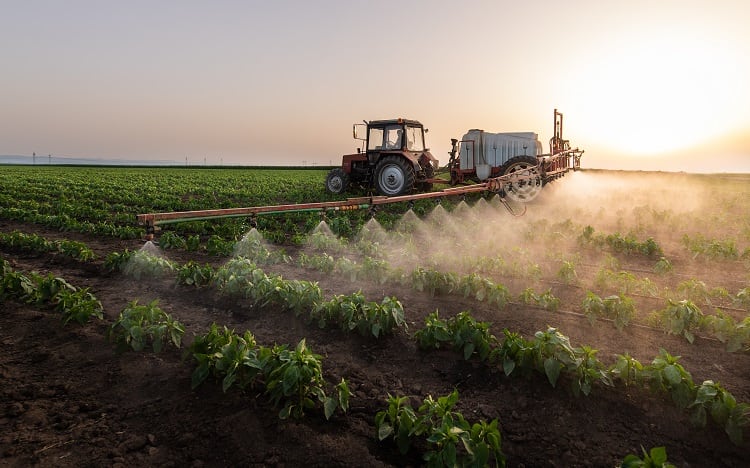
Interestingly, the green fertilizer technology is not new.
Yara was first established in 1905 under the name Norsk Hydro. The company was the world’s first producer of mineral nitrogen fertilizers. “We started 117 years ago…with a technology that resembles this,” explained Holter.
As natural gas became more competitive as a raw material for fertilizers in the 20th century, Yara also changed the majority of its production to natural gas, but continued producing hydrogen using electrolysis at its plant in northern Norway until the 1990s.
“Now, we’re going back to the basics, where we’re using water as the raw material in essence…and using renewable electricity in the process.”
Will ‘green’ food cost more?
Unsurprisingly given economies of scale, green fertilizer could be more expensive than conventional produced alternatives.
This creates a challenge for Yara, who wants to ensure ‘good business models’ can be developed to share the cost increase. Holter wants to avoid ‘one part of the chain’ carrying ‘extra burden’. “And of course, we are thinking a lot about the farmers…this is where we invite food companies to [come together and brainstorm with us].”
For the end consumer, The World Economic Forum in collaboration with Boston Consulting Group, estimates food prices would only slightly increase if produced with zero upstream emissions. The average cost increase on a €20 shopping basket is expected to be around 4%.
Yara calculates that the cost of a loaf of bread could increase around 1%.
At the same time, survey-based studies in Western countries indicate that more than 50% of consumers are willing to pay more for sustainable products.
The future of fertilizers
Yara is manufacturing its green fertilizer in Norway, at one of the largest fertilizer plants in the world. Construction of a first smaller plant dedicated to green fertilizer production is underway.
Concerning scale, Yara wants to move as ‘fast as possible’. “It’s obvious we are dependent not only on access to renewable energy, but also on available renewable energy infrastructure.”
Yara’s fossil-free fertilizer will reach the market mid-2023. The company has already signed a commercial agreement with Swedish agricultural cooperative Lantmännen.
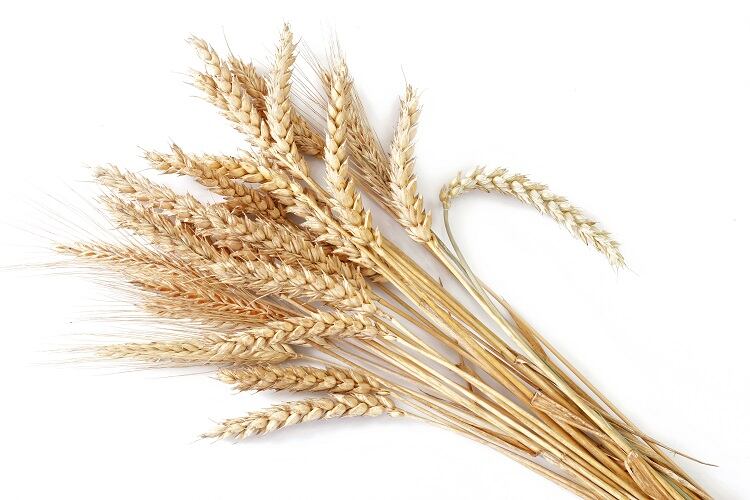
The crop nutrition company is convinced of the importance of mineral fertilizer in the future. The most extreme calculations indicate that if fertilizer is not added to the soil, crops can be reduced by 50% at the next harvest, explained Holter.
“The easiest way to cut carbon and GHG emissions is of course to stop producing, but that would reduce crop yield. That is why we have chosen another [solution].
“We are part of the food chain. Our mission is to feed the world while protecting the planet. Therefore, we had to find a solution…[which means] going to market with fertilizer that secures food security while not harming the planet.”


